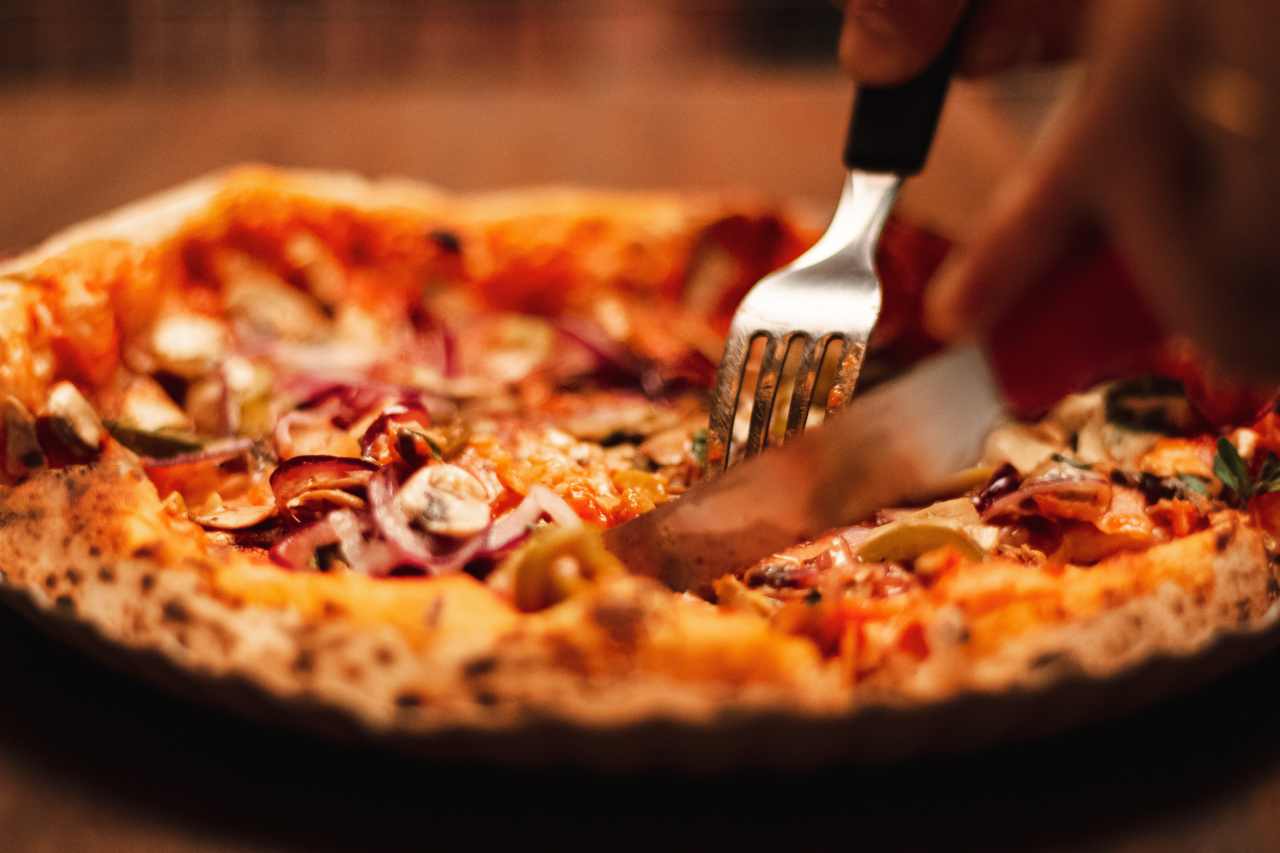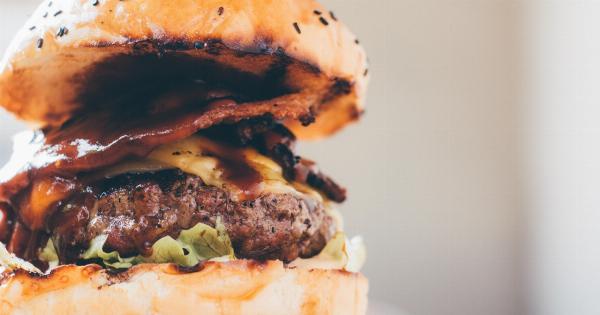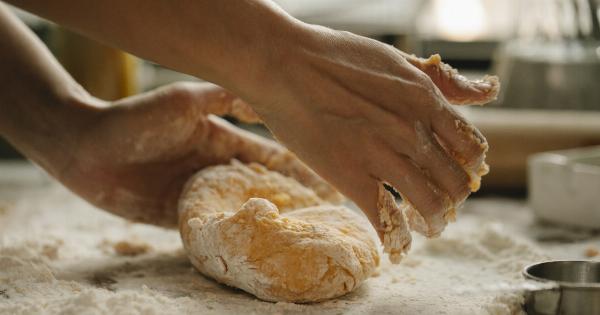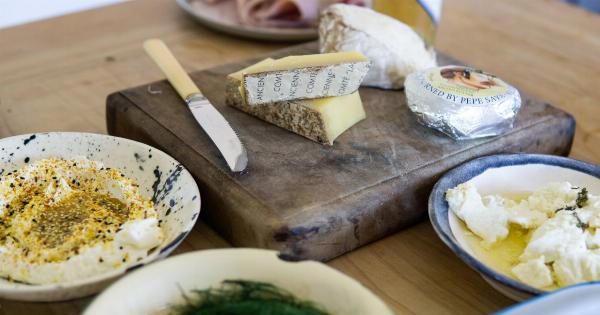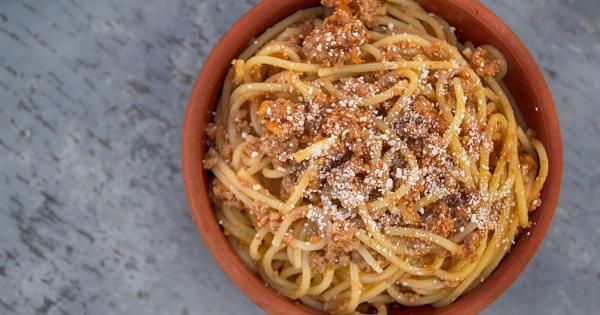Cheese is a versatile ingredient that can elevate the taste of many dishes. One of the most common ways to use cheese is by melting it, which adds a creamy and gooey texture to various recipes.
However, not all cheeses are created equal when it comes to melting. Different cheeses have different melting properties and should be used accordingly. In this article, we will discuss when to melt cheese and when not to melt cheese, so you can achieve the perfect melting consistency every time.
1. Choose the Right Cheese
Not all cheeses are suitable for melting. Hard cheeses like Parmesan and Pecorino Romano are great for grating but don’t melt well.
Instead, opt for cheeses such as Cheddar, Mozzarella, Gruyere, or Swiss, which have a higher moisture content and are more likely to melt smoothly.
2. Melting Cheeses for Pasta Dishes
When making a pasta dish, melting cheese can add a rich and creamy element to the sauce. Cheeses like Fontina, Gouda, or Monterey Jack are perfect for melting in pasta dishes. Be sure not to overheat the cheese, as it may separate and become greasy.
Instead, melt the cheese slowly over low heat, stirring constantly until smooth and incorporated into the sauce.
3. Melting Cheeses for Sandwiches and Burgers
If you’re looking to add a melty and flavorful layer to your sandwich or burger, certain cheeses are ideal for achieving that gooey texture.
Cheddar, American, Swiss, or provolone cheeses are great options for melting on top of grilled sandwiches and burgers. Place the cheese on the bread or patty while cooking, allowing it to melt naturally as the heat transfers.
4. Melting Cheeses for Casseroles and Au Gratin Dishes
When it comes to casseroles or au gratin dishes, choosing the right cheese is crucial for achieving a creamy and cheesy result. Cheeses like Gruyere, Emmental, or Monterey Jack are excellent options for melting in these types of dishes.
They melt evenly and retain their smooth texture even when baked at higher temperatures.
5. Melting Cheeses for Pizza
Pizza is incomplete without melted cheese! Mozzarella is the classic choice for pizza due to its excellent melting capabilities.
Other cheeses like Provolone, Cheddar, or Monterey Jack can also be combined with Mozzarella to create a more flavorful and melty topping.
6. When Not to Melt Cheese: Cheese Plates and Charcuterie Boards
When assembling a cheese plate or charcuterie board, it’s best to serve certain types of cheese in their natural form rather than melting them.
Cheeses like Brie, Camembert, or Roquefort should be served as is, allowing their distinctive flavors and textures to shine. By leaving these types of cheese unmelted, you can fully appreciate their unique characteristics.
7. When Not to Melt Cheese: Cheese Dips
Cheese dips often require the use of processed cheeses, which are specifically formulated to melt smoothly. Brands like Velveeta or processed cheese spreads are designed for easy melting and are commonly used in recipes for cheese dips.
These processed cheeses have additives that help maintain their creamy consistency when heated, making them the ideal choice for cheese dips.
8. When Not to Melt Cheese: Cheeses with Low Moisture Content
Cheeses with low moisture content, such as Parmesan or Pecorino Romano, are not suitable for melting. These hard cheeses are best used for grating and shaving over dishes for added flavor.
When heated, they tend to become grainy rather than melt into a smooth texture. It’s recommended to use these cheeses in their natural form rather than attempting to melt them.
9. Melting Cheese Tips and Tricks
To achieve the perfect melt every time, here are some additional tips and tricks:.
- Grate or shred the cheese before melting for faster and more even melting.
- Avoid high temperatures when melting cheese, as it can cause it to separate and become oily.
- Consider using a double boiler or a heat-resistant bowl placed over a pot of simmering water for gentle and controlled melting.
- Add a small amount of cornstarch or flour to melted cheese to improve its stability and prevent it from clumping.
- Stir the cheese constantly while melting to ensure even heating and prevent scorching.
10. Enjoy the Melting Magic of Cheese
Melting cheese can transform a dish, adding creaminess, flavor, and visual appeal. By choosing the right cheese and using proper melting techniques, you can create delectable recipes that satisfy your cheesy cravings.
Whether it’s a melty pizza, a gooey burger, or a rich pasta dish, melting cheese can take your cooking to the next level. Experiment with different cheeses and melting methods to discover your own personal favorite combinations and enjoy the melting magic of cheese.
